Lines have strength, clarity, and simplicity. They are the most basic form of communication within a drawing.
Most well-thought-out drawings always begin with the powerful persuasion of line, even at the most basic level. For example, a diagonal line expresses action, movement, or motion. It can be perceived as either rising or falling and is dynamic. Think of a forest. Right before it hits the ground, a falling tree can be communicated a diagonal among a sea of other trees, the vertical straight lines.

|
| Line Reprenting a Falling Tree |
Line Terminology
Direction - Horizontal, vertical, diagonal, radial, curved, squiggly, implied, or psychic.
Length - Long, short, continuous, or broken
Width - Thick, thin, uneven, or tapered
Quality comes from how we draw the line, i.e., gestural, quickly, confidently, or carefully; robust and bold mark vs. weak mark; dark, highly contrasted mark vs. light or little contrast mark.
Focus comes from edges, which can be sharp, firm, soft, or lost. Note that we often perceive natural lines as changes in color, value, or edges.
Line Types
Blind Contour - Blind contour drawing is a drawing exercise where an artist draws the contour of a subject without looking at the paper.
Contour - Drawings with lines that go around the shape or form and provide two-dimensional information on the form.
Cross-Contour - Drawings with lines that go across the form and may provide three-dimensional information on the form.
Line Links
If you are interested in reading more about line, check out our blog posts
